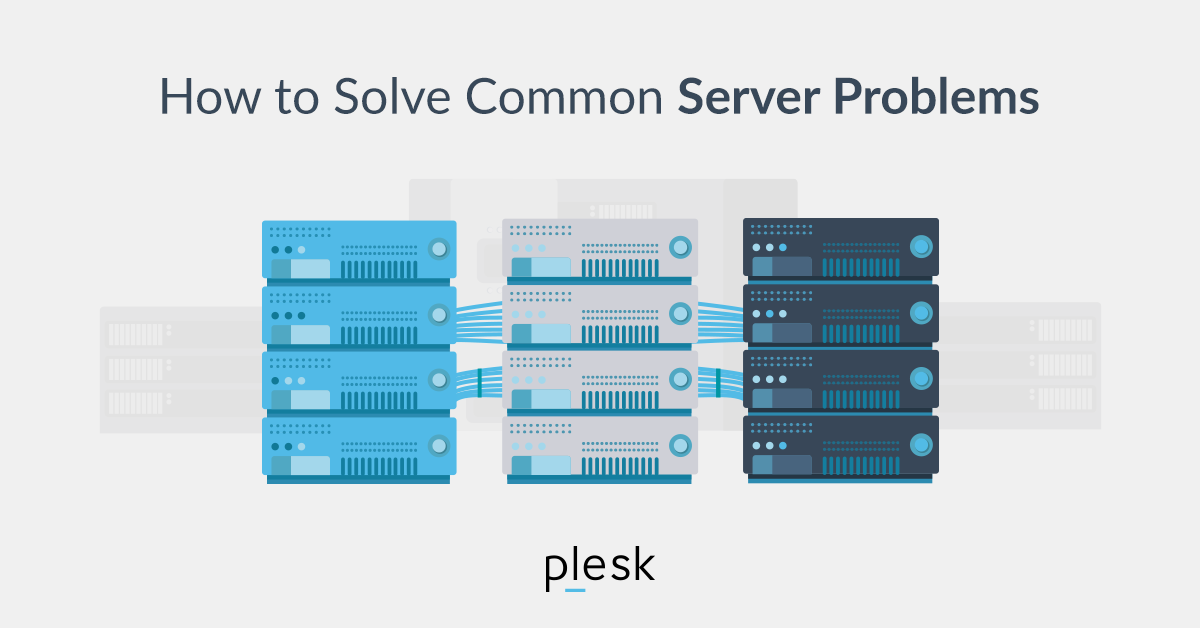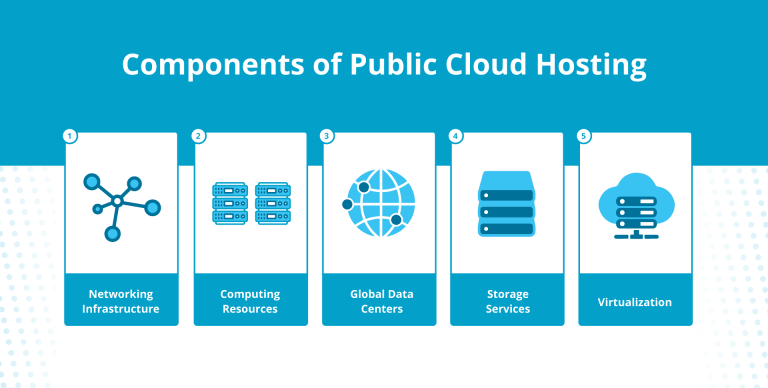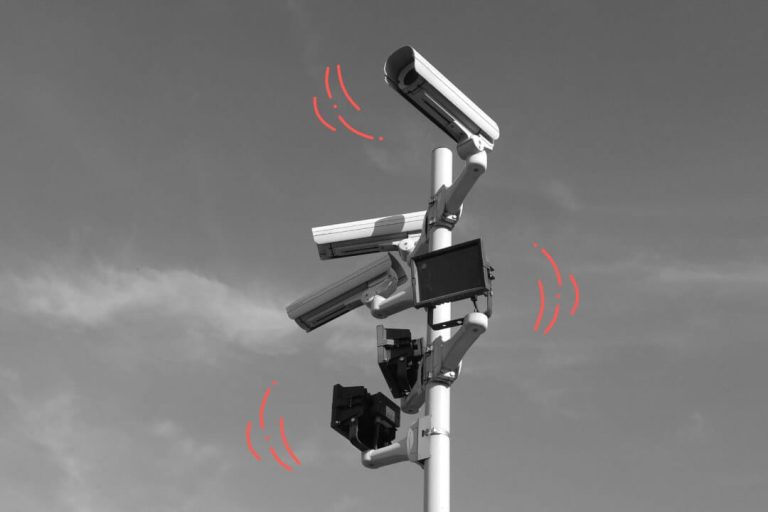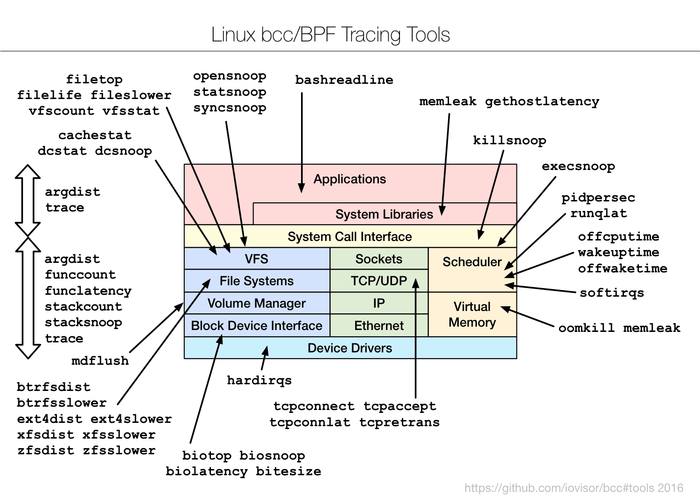
A solid server infrastructure is crucial for countless companies worldwide, empowering them to deliver services in an efficient, reliable way.
That’s why it’s so important for businesses to invest in reliable server maintenance. Maintaining servers well can improve security, increase their longevity, and minimize the risk of downtime.
But what does effective server maintenance involve? How can you get yours right? In this guide, we’ll explore the best practices you need to know.
What is server maintenance?
The term “server maintenance” encompasses a range of tasks performed systematically to ensure servers remain secure and perform well generally. These tasks include installing software updates, running diagnostics on the hardware, backing up data for business continuity, and assessing security.
With regular server maintenance, your server infrastructure will continue to operate smoothly, with less danger of crashes and total hardware failure. Companies rely on digital infrastructure more than ever today, and these technologies continue to become increasingly complex. As a result, server maintenance must be a priority.
Otherwise, overlooking server maintenance can lead to expensive downtime, loss of critical data, and severe disruptions to key processes. To help you avoid these and other potential issues, let’s delve into why server maintenance matters more below.
What are the benefits of server maintenance?
Here are the top five benefits of regular server maintenance.
Increase security
Hackers and cyber criminals are increasingly sophisticated today. And that makes them more dangerous than ever. Sadly, leaked data and security breaches are a frequent occurrence, affecting businesses of all sizes. Attackers commonly target servers, but servers are less at risk if they’re well maintained.
That’s because they’re more likely to boast strong security setups with the latest patches installed. If you can pinpoint and address possible security threats with routine server maintenance, you can safeguard critical data. Clients and your business associates are more likely to trust in you if you take security seriously.
Minimize the risk of downtime
Downtime can have a serious impact on any business, no matter how big or powerful it is. Even if a server fails to operate properly for just a short amount of time, that can lead to substantial loss of revenue and potentially harm a company’s reputation.
Fortunately, undertaking server maintenance often can help you spot problems and address them before they grow out of control. You can make sure that your servers will perform as needed with less risk of downtime.
Maximize performance
A server runs at its best when it undergoes regular maintenance to a high standard. That helps applications perform properly and provides users with a more satisfying experience overall.
For companies that revolve around applications and services that are server dependent, optimal server performance is a must. Not only does that benefit internal operations, but clients will receive a high quality of service too.
Comply with the latest regulations
Security and availability of data is a common concern across various industries, and businesses must comply with strict regulations. With regular server maintenance, you’re more likely to meet these requirements, as your systems will be updated and secure.
Increase the longevity of servers
Servers tend to be expensive, and businesses need to achieve a good return on their investment. Undertaking routine server maintenance can help you find and fix technical issues from the start. That will make a hardware failure less likely.
Monitoring the server’s general performance and maintaining it frequently will help extend its lifespan. You’ll get better value for money for longer.
Server maintenance tips for optimal performance
The following tips can help you keep your servers secure, efficient, and running smoothly.
Create the right space for your servers
Servers must be in the right type of environment to operate at their best. Here are two areas to focus on:
- Avoid overheating: Server rooms must be kept within the right temperature range (68 – 71 degrees Fahrenheit) to reduce the risk of overheating.
- Clean server rooms regularly: Dust and debris can cause problems if they build up on or around servers. Cleaning server rooms regularly is vital to avoid that.
Schedule regular maintenance
Set up a schedule for server maintenance and stick to it. This should include the following tasks:
- Updating software: Installing essential patches and updating software will boost the stability of the server and plug gaps in security.
- Running security audits: A security audit includes reviewing security, checking user accounts, and identifying vulnerabilities.
- Assessing hardware status: Running diagnostics on servers regularly, and setting up automated monitoring, will help you spot potential issues with the hardware.
- Setting up monitoring utilities: You can configure automated monitoring to track the general performance of your server, storage usage, network activity, and more.
- Backing up data: Data should be backed up often to prevent data loss, which could occur in the event of a flood, fire, or other disaster.
- Reviewing network utilization: Assessing network utilization is helpful for determining whether your servers can handle demands (at their current and future levels).
Find a reputable hardware supplier to help with failures
You’ll need to acquire good replacement parts for your server in case of a hardware failure, but make sure you choose a solid supplier. When you find a supplier you can trust, you’ll be able to get your servers running again quickly and keep downtime to a minimum.
Consider working with server maintenance specialists
You and your team may be able to take on certain server maintenance processes independently, but hiring experts can be helpful when dealing with particularly complicated tasks.
Leaving it to the professionals will ensure that your servers are maintained properly, and prevent you from wasting time trying to solve issues that are beyond your capabilities.
Avoid these server maintenance mistakes
Watch out for these common server maintenance mistakes.
- Failing to plan regular server maintenance: If you don’t schedule regular maintenance, your server software may become outdated, security weaknesses will be overlooked, and your servers will be more likely to fail.
- Neglecting disk usage: Overlooking proper monitoring and management of disk usage can cause problems. These include a lack of space on disks, weaker server performance, and possible loss of data.
- Not updating security: Installing the latest security patches is critical to address vulnerabilities and combat potential breaches. If you don’t stay up to date with security patches, your servers could be more exposed than you realize.
- No strategy for data backups: If you don’t put a strong data backup plan into action, you could lose valuable data due to server crashes.
- Not monitoring network traffic and utilization: Neglect network traffic monitoring and utilization, and your network could become congested. That will slow your server’s overall performance.
Server maintenance FAQ
How can overlooking server maintenance affect your business?
Your business is more vulnerable to security breaches, data loss, server failures, and downtime if you neglect server maintenance. Critical operations may be disrupted, possibly causing loss of revenue and reputational damage.
How regularly should server maintenance be performed?
The ideal frequency of server maintenance can differ depending on the needs of your business. Generally, companies schedule server maintenance once per month or quarter. Whatever the case, you need to create a routine that works for you and stick to it to keep your server infrastructure at its best.
Can hiring server maintenance professionals help your business?
You may find that hiring server maintenance experts helps your team save time, achieve better server performance, comply with regulations, and address complex security risks.





